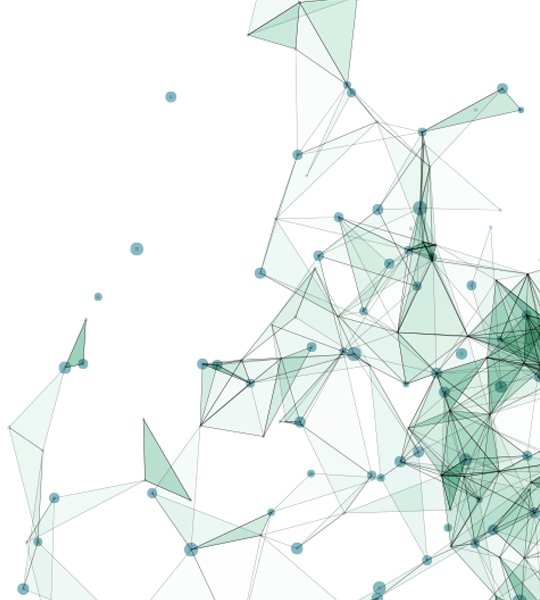
CC-SIGN® Head & Neck Gene Fusion Next-Generation Sequencing Panel
This customized, 30-gene Next-Generation Sequencing (NGS)-based laboratory-developed test is intended for use in the diagnosis and management of benign and malignant tumors of the head and neck.
In particular, salivary gland neoplasms are broadly covered by this panel—which also covers select mesenchymal tumors and other lesions arising in head and neck sites.
The CC-SIGN® Head & Neck Gene Fusion NGS Panel is available as part of a comprehensive, diagnostic consultation or as a stand-alone test. This laboratory-developed test interrogates gene targets associated with known translocations in salivary gland and other solid tumors. Additionally, this panel identifies the corresponding fusion partner which may be helpful in the selection of treatment targets in some cases.
Results are delivered within 14 days of specimen receipt, allowing for a timely, definitive diagnosis in difficult salivary gland tumors and other head and neck lesions in a stand-alone fashion or with the support of our expert pathologists.

Test Overview
Test Name
Head and Neck Next Generation Sequencing (HDNK)
CPT Codes
81445
88381
Turnaround Time
14 days (upon specimen receipt)
Specimen Requirements
Formalin-fixed, paraffin-embedded (FFPE) tissue
• Ten (10) unstained, 4 μM sections of FFPE on charged, unbaked slides
• One (1) H&E stained slide with best tumor area* circled by a pathologist
*minimum of 20% tumor content for best results
Transport Temperature
Room (ambient) temperature
Specimen Shipping Address
Cleveland Clinic Laboratories
2119 E. 93rd Street, L15
Cleveland, OH 44106
Clinical Indications
This test is intended for the diagnosis of benign or malignant mesenchymal tumors (sarcomas & their mimics) as well as other solid tumors.
Targeted Gene Regions
Genes interrogated, including relevant transcripts and exons, are listed in alphabetical order.
A
Gene, Transcript, Exons
ALK
NM_004304
2, 4, 6, 10, 16-23, 25, 26
B
Gene, Transcript, Exons
BRAF
NM_004333
Exons 1-5, 7-16, 18
C
Gene, Transcript, Exons
CAMTA1
NM_015215
Exons 3, 8-10
CRTC1
NM_015321
Exons 1-4
E
Gene, Transcript, Exons
ETV6
NM_001987
Exons 1-7
EWSR1
NM_005243
Exons 4-14
F
Gene, Transcript, Exons
FOS
NM_005252
Exon 4
FOSB
NM_006732
Exons 1, 2
FOXO1
NM_002015
Exons 1-3
FUS
NM_004960
Exons 3-11, 13, 14
G
Gene, Transcript, Exons
GLI1
NM_005269
Exons 4-7
H
Gene, Transcript, Exons
HMGA2
NM_003483
Exons 1-5
M
Gene, Transcript, Exons
MAML2
NM_032427
Exons 2, 3
MKL2
NM_014048
Exons 11-13
MYB
NM_001130173
Exons 7-9, 11-16
N
Gene, Transcript, Exons
NCOA1
NM_147223
Exons 12-15
NR4A3
NM_006981
Exon 2
NR4A3
NM_173200
Exons 3, 4
NTRK1*
NM_002529
Exons 2, 4, 6, 8, 10-14
NTRK2*
NM_006180
Exons 5, 7, 9, 11-18
NTRK3*
NM_001007156
Exon 15
NTRK3*
NM_002530
Exons 4, 7, 10, 12-16
NUTM1
NM_175741
Exons 2-4, 6
*A specimen positive for a fusion in one of these genes makes the patient a candidate for larotrectinib treatment.
Standalone NTRK testing is also available via the CC-SIGN® NTRK Gene Fusion NGS Panel.
P
Gene, Transcript, Exons
PAX3
NM_181459
Exons 6-8
PAX7
NM_002584
Exons 6-8
PLAG1
NM_002655
Exons 1-4
PRKD1
NM_002742
Exons 10-13
R
Gene, Transcript, Exons
RET
NM_020630
Exons 2, 4, 6, 11, 15, 16
RET
NM_020975
Exons 8-14
S
Gene, Transcript, Exons
SS18
NM_001007559
Exons 2-6, 8-11
SS18
NM_005637
Exons 2, 3
STAT6
NM_001178078
Exons 1-7, 15-20
T
Gene, Transcript, Exons
TFE3
NM_006521
Exons 2-8
Y
Gene, Transcript, Exons
YAP1
NM_001130145
Exons 1-9




